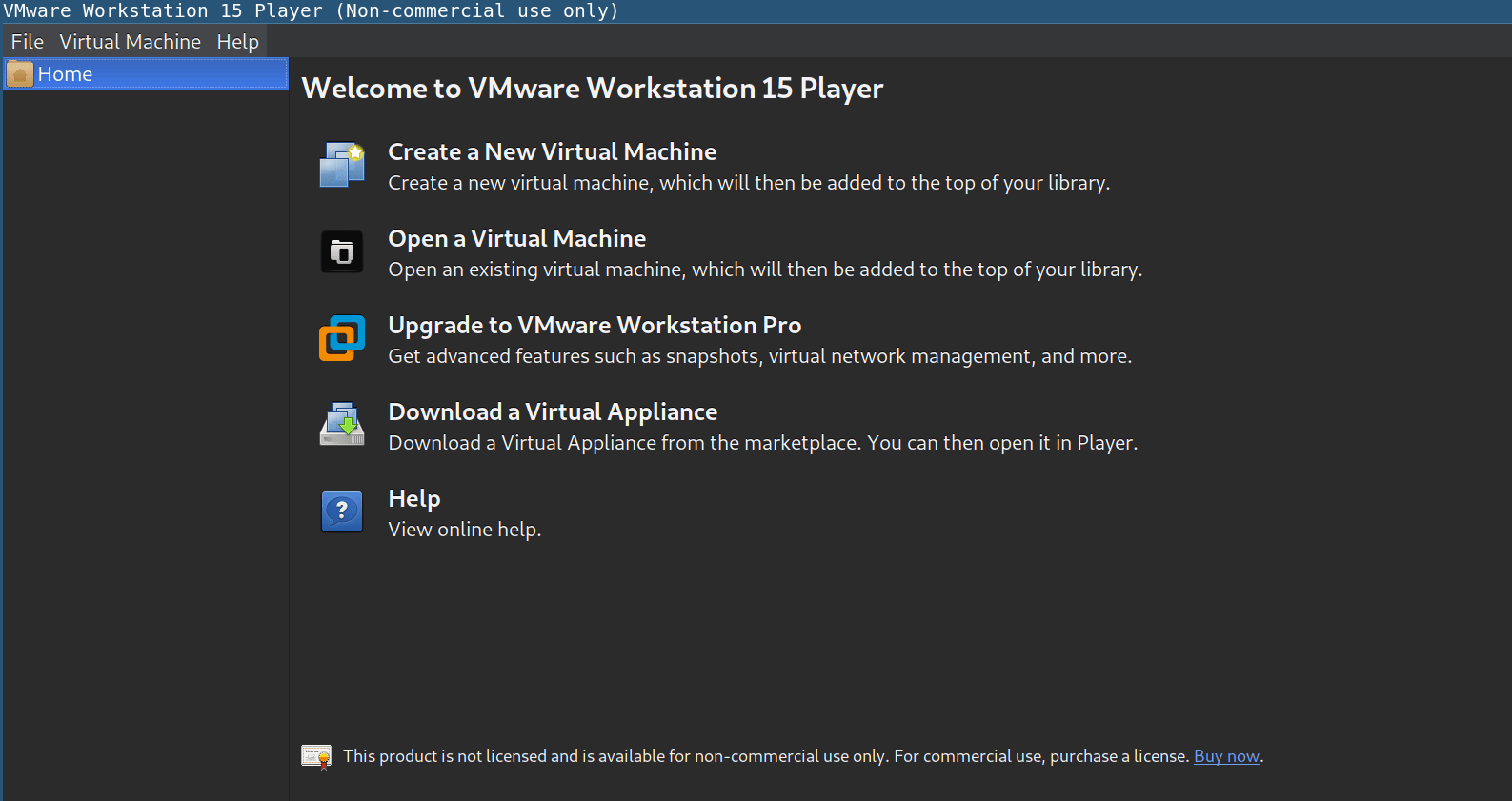

- BEST VMWARE WORKSTATION FOR KALI HOW TO
- BEST VMWARE WORKSTATION FOR KALI INSTALL
- BEST VMWARE WORKSTATION FOR KALI ARCHIVE
- BEST VMWARE WORKSTATION FOR KALI PRO
Open VMware Workstation Pro 16 and click on File > Scan for Virtual Machines… as marked in the screenshot below. The Kali Linux VMware Image should be extracted in the ~/vmware/ directory of your computer, as you can see in the screenshot below. Once the Kali Linux VMware Image directory is extracted, click on Close. The Kali Linux VMware Image directory is being extracted to your computer’s ~/vmware/ directory, as you can see in the screenshot below. Select the ~/vmware/ directory and click on Extract as marked in the screenshot below. Select the directory and click on Extract as marked in the screenshot below.
BEST VMWARE WORKSTATION FOR KALI ARCHIVE
The Kali Linux VMware Image archive kali-linux-2021.2-vmware-amd64.7z should be in the Downloads/ directory of your computer, as you can see in the screenshot below.ĭouble-click on the Kali Linux VMware Image archive to open it, and you should find a directory inside the archive, as you can see in the screenshot below. In that case, you can simply create a vmware/ directory in your user’s HOME directory as marked in the screenshot below. If you have just installed VMware Workstation Pro 16 on your computer and haven’t created any virtual machines, the vmware/ directory may not be available where it should be.

In my case, it is in the vmware/ directory in my user’s HOME directory.

In the Workspace > Default Location for Virtual Machines section, as marked in the screenshot below, you should find the filesystem path where VMware Workstation Pro 16 stores the virtual machine data on your computer. If you don’t know the filesystem location where VMware Workstation Pro 16 saves the virtual machine data on your computer, open VMware Workstation Pro 16 and click on Edit > Preferences as marked in the screenshot below. To import the Kali Linux VMware Image to VMware Workstation Pro 16, you must know the filesystem location where VMware Workstation Pro 16 saves virtual machine data on your computer. Importing the Kali Linux VMware Image to VMware Workstation Pro 16: It may take a while to complete.Īt this point, the Kali Linux VMware Image archive should be downloaded. Your browser should start downloading the Kali Linux VMware Image archive, as shown in the screenshot below. Select Save File and click on OK as marked in the screenshot below. Your browser should prompt you to save the Kali Linux VMware Image archive. To download the VMware Image of the latest version of Kali Linux, visit the official website of Kali Linux from your favorite web browser.Ĭlick on the Recommended button from the Virtual Machines section as marked in the screenshot below.Ĭlick on the Download button from the VMware section as marked in the screenshot below. This way, you can get a Kali Linux VMware virtual machine up and running within a few seconds and with much less effort than installing it manually using an ISO image of Kali Linux. You can download the VMware image of the latest version of Kali Linux from the official website of Kali Linux and import it on VMware Workstation Pro 16 very easily.
BEST VMWARE WORKSTATION FOR KALI HOW TO
This article will show you how to run Kali Linux on a VMware Workstation Pro 16 virtual machine. It will give you a lot of flexibility that you will not get if you run it directly on your computer. This way, you can do everything in an isolated environment, take snapshots of your virtual machine and get back to an earlier state if anything goes wrong within a few seconds. To learn and do penetration testing, you may want to run Kali Linux as a virtual machine. Kali Linux is any penetration tester’s best friend.
BEST VMWARE WORKSTATION FOR KALI INSTALL
Even if something is not installed by default, it should be available in the official package repository of Kali Linux, and you should be able to install it easily from there. Kali Linux has all the required penetration testing tools installed by default. Kali Linux is a Debian-based operating system specially made for penetration testing.


 0 kommentar(er)
0 kommentar(er)
